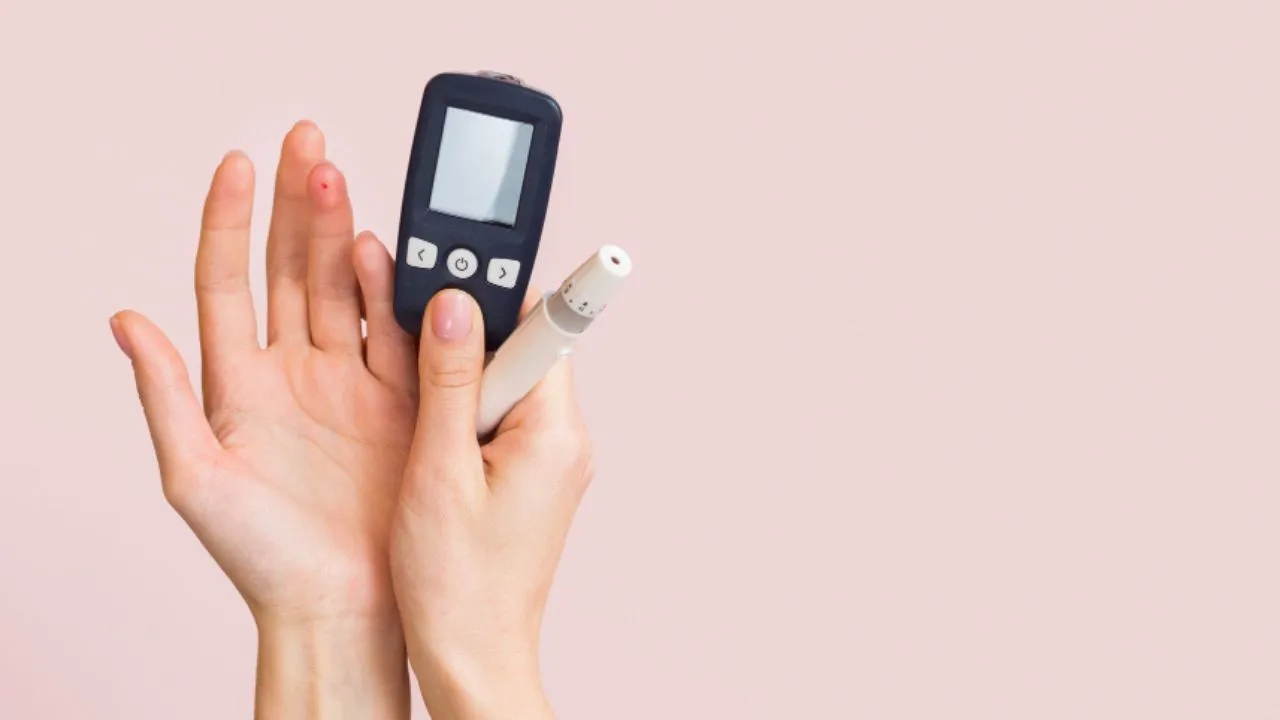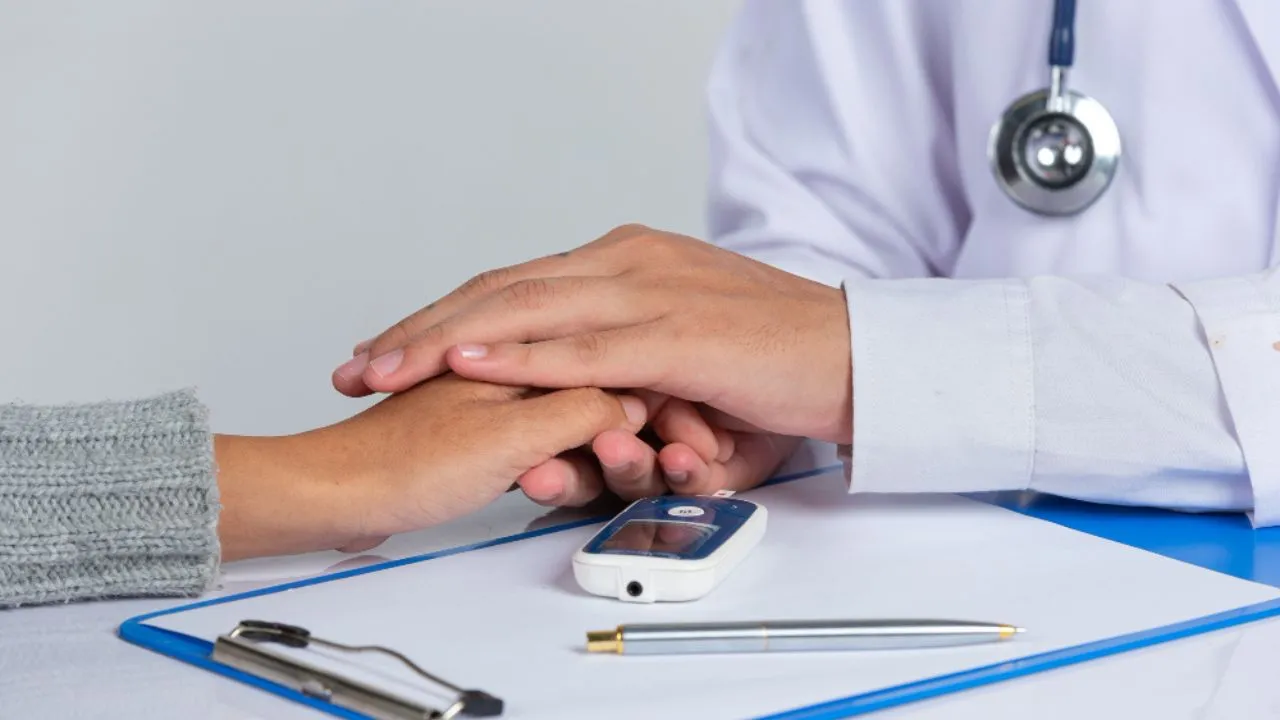Home > Blogs > Endocrinology > Dangerous Blood Sugar Levels : Understanding Symptoms & Management
Dangerous Blood Sugar Levels : Understanding Symptoms & Management
Blood sugar levels play a crucial role in maintaining this balance, and when they veer into dangerous territory, serious health complications can arise.
In this article, we will explore the importance of blood sugar in the body, delve into the various types of diabetes, and discuss the significance of keeping blood sugar levels under control.
Furthermore, we will take an in-depth look at the symptoms and long-term consequences of high and low blood sugar levels, as well as the different strategies available to manage them effectively.

What is a Dangerous Blood Sugar Level?
A dangerous blood sugar level refers to a situation where the concentration of glucose in the bloodstream is either too high (hyperglycemia) or too low (hypoglycemia).
Dangerous blood sugar levels can vary depending on individual factors and the specific situation.
Both conditions can lead to severe health complications if not addressed promptly.
However, generally speaking, the following glucose levels are considered dangerous
Hyperglycemia (high blood sugar)
High blood sugar levels can occur when the body doesn’t produce enough insulin or cannot use it effectively.
Prolonged hyperglycemia can damage blood vessels, nerves, and various organs, leading to an increased risk of heart disease, stroke, kidney failure, vision problems, and nerve damage.
– Fasting Blood Glucose : Higher than 130 mg/dL (7.2 mmol/L) for people with diabetes
– Postprandial (after a meal) Blood Glucose : Higher than 180 mg/dL (10 mmol/L) for people with diabetes
Blood sugar levels consistently above these thresholds indicate poor glycemic control and an increased risk of complications.
In extreme cases, untreated hyperglycemia can result in diabetic ketoacidosis (DKA) in type 1 diabetes or hyperosmolar hyperglycemic state (HHS) in type 2 diabetes, both of which are life-threatening emergencies.
You may need to know, can diabetes be cured?

Hypoglycemia
Low blood sugar levels can be caused by taking too much insulin, skipping meals, exercising intensely without adjusting food or medication, or consuming alcohol.
– Blood Glucose : Lower than 70 mg/dL (3.9 mmol/L) for both people with and without diabetes
Severe hypoglycemia typically occurs when blood sugar levels drop below 54 mg/dL (3.0 mmol/L), which requires immediate intervention to prevent serious consequences.
Hypoglycemia can lead to symptoms like dizziness, confusion, weakness, and even loss of consciousness or seizures in severe cases.
Persistent or recurrent hypoglycemia can also harm the brain and nervous system over time.
Keeping blood sugar levels under control is essential to prevent these complications and maintain overall health.
Proper management involves regular monitoring, adhering to prescribed medications, maintaining a balanced diet, engaging in regular physical activity, and adjusting treatment plans as needed under the guidance of a qualified diabetologist in Pune.
Also, know these safe fruits to eat for diabetes patients.
Different Types of Diabetes and Their Effects on Blood Sugar Levels

Diabetes is a chronic health condition characterized by the body’s inability to regulate blood sugar levels effectively.
There are two main types of diabetes, along with some less common forms. Each type has a different impact on blood sugar levels.
Type 1 Diabetes
This form of diabetes, also known as juvenile diabetes, occurs when the immune system mistakenly attacks and destroys the insulin-producing beta cells in the pancreas.
As a result, the body produces little or no insulin, leading to high blood sugar levels.
People with type 1 diabetes need to take insulin injections or use an insulin pump to manage their glucose levels.
Type 2 Diabetes
This is the most common type of diabetes and develops when the body becomes resistant to insulin or the pancreas cannot produce enough insulin to maintain normal blood sugar levels.
Type 2 diabetes can be influenced by factors such as genetics, age, obesity, and lifestyle choices.
Management of type 2 diabetes typically involves lifestyle changes, oral medications, and sometimes insulin therapy, depending on the severity.
Gestational Diabetes
This form of diabetes occurs during pregnancy and is characterized by high blood sugar levels in pregnant women who previously did not have diabetes.
It typically resolves after giving birth, but it increases the risk of developing type 2 diabetes later in life for both the mother and the child.
Gestational diabetes is usually managed through dietary changes, exercise, and in some cases, insulin therapy.
Other Types
Some less common forms of diabetes include monogenic diabetes (caused by a single gene mutation) and secondary diabetes (resulting from other medical conditions or treatments).
Each type of diabetes affects blood sugar levels differently, and managing them requires tailored approaches that address the specific underlying causes and individual needs.
Regular monitoring and appropriate interventions are crucial to prevent complications and maintain overall health.
Blood Sugar & Its Importance in Body

Blood sugar, also known as glucose, is a simple sugar that serves as the primary source of energy for our bodies. It is derived from the food we eat, particularly carbohydrates, which are broken down into glucose during digestion.
Once in the bloodstream, glucose is transported to cells throughout the body, where it is used as fuel for various cellular processes.
The importance of blood sugar in the body cannot be overstated. Glucose is critical for providing energy to the brain, muscles, and other organs, ensuring they function effectively.
Moreover, it plays a vital role in maintaining the body’s overall homeostasis – the delicate balance that keeps our internal environment stable and supports optimal health.
FAQ’s
Is a 400 to 500 blood sugar level dangerous?
Yes, a blood sugar level of 400 to 500 mg/dL is considered extremely dangerous and requires immediate attention.
Such high levels indicate severe hyperglycemia, which can lead to life-threatening complications like diabetic ketoacidosis (DKA) in type 1 diabetes or a hyperosmolar hyperglycemic state
(HHS) in type 2 diabetes. If you experience blood sugar levels in this range, contact your healthcare provider or seek emergency medical care.
How to Reduce Blood Sugar level Immediately?
If you’re experiencing high blood sugar levels, follow these steps to help lower them:
– Administer insulin (if advised by a healthcare professional):
Follow the instructions provided by your healthcare team regarding insulin dosages and administration during episodes of high blood sugar.
– Stay hydrated:
Drink plenty of water to help flush excess glucose from the body through urine.
– Engage in light physical activity:
Gentle exercise like walking can help lower blood sugar levels, but avoid strenuous activities if you have ketones in your blood or urine.
– Monitor blood sugar levels closely:
Continue checking your blood sugar levels every hour or as recommended by your healthcare provider to ensure that they’re decreasing.
– Adjust your diet:
Consume low-carbohydrate, balanced meals to prevent further spikes in blood sugar.
Patient Feedback
Great doctors, Good facilities, caring and helping staff. I recommend this hospital for day care services.
![]()
![]()
Sangram Shinde
All doctors r very good. There treatments is best. Other staff also good. The service of nurses is great...Hospital is always clean.
![]()
![]()
Vaishali Aitawade
All services provide by hospital are nice and on time. Doctors are polite and co-operative with patient.
![]()
![]()
Ankita Jagtap
All services provided by hospital is good. Hygiene maintained well.Even at night good care provided.
![]()
![]()


